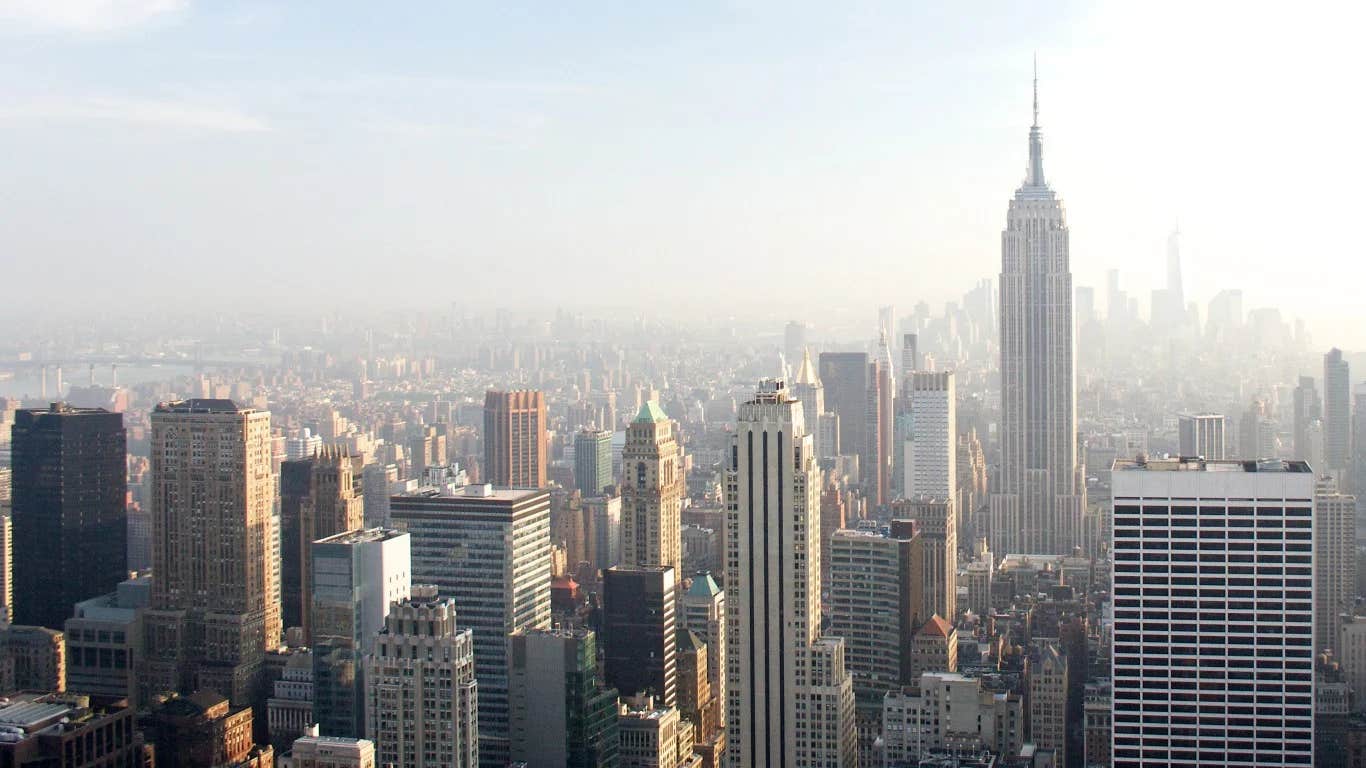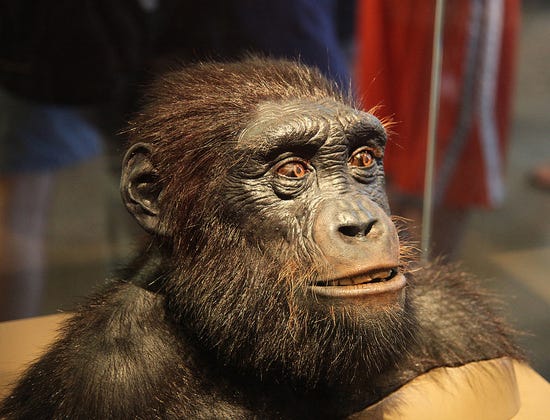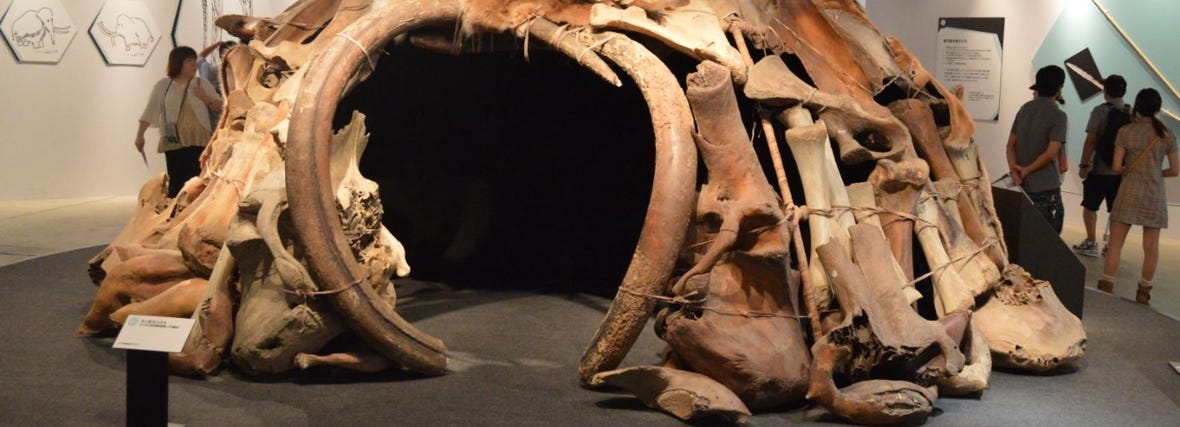Alarmingly, CO2 levels are rising faster than at any point over the last 50,000 years, study finds
The rapid increase in atmospheric carbon dioxide (CO2) today is unparalleled in the past 50,000 years

The rapid increase in atmospheric carbon dioxide (CO2) today is unparalleled in the past 50,000 years, according to a recent study analyzing ancient Antarctic ice. This research, published in the Proceedings of the National Academy of Sciences, enhances our understanding of historical abrupt climate changes and sheds light on potential contemporary climate impacts.
"Studying the past teaches us how today is different. The rate of CO2 change today really is unprecedented," said Kathleen Wendt, an assistant professor at Oregon State University's College of Earth, Ocean, and Atmospheric Sciences and the study's lead author. "Our research identified the fastest rates of past natural CO2 rise ever observed, and the rate occurring today, largely driven by human emissions, is 10 times higher."
CO2 is a naturally occurring greenhouse gas that warms the climate through the greenhouse effect. Historically, CO2 levels fluctuated due to ice age cycles and other natural factors. However, today's increase is primarily driven by human emissions.
Ancient atmospheric gases are trapped in bubbles within Antarctic ice, accumulated over hundreds of thousands of years. By drilling cores up to 2 miles (3.2 kilometers) deep, scientists can analyze these gases and reconstruct past climate records. The U.S. National Science Foundation supported the ice core drilling and chemical analysis for this study.
Previous studies indicated several periods during the last ice age, which ended about 10,000 years ago, when CO2 levels spiked significantly. However, these studies lacked the detail needed to fully understand these rapid changes, limiting scientists' insights, Wendt noted.
"You probably wouldn’t expect to see that in the dead of the last ice age," she said. "But our interest was piqued, and we wanted to go back to those periods and conduct measurements at greater detail to find out what was happening."
Related Stories
Using samples from the West Antarctic Ice Sheet Divide ice core, Wendt and her colleagues examined these periods closely. They found a pattern linking these CO2 spikes to North Atlantic cold intervals known as Heinrich Events, which are associated with abrupt global climate shifts.
"These Heinrich Events are truly remarkable," said Christo Buizert, an associate professor at Oregon State University and co-author of the study. "We think they are caused by a dramatic collapse of the North American ice sheet. This sets into motion a chain reaction that involves changes to the tropical monsoons, the Southern hemisphere westerly winds, and these large burps of CO2 coming out of the oceans."
During the most significant natural CO2 rises, levels increased by about 14 parts per million over 55 years. These events occurred roughly every 7,000 years. In contrast, today’s rate of increase achieves that magnitude in just 5 to 6 years.
Evidence indicates that during these past natural CO2 rises, strengthening westerly winds in the Southern Ocean, crucial for deep ocean circulation, led to rapid CO2 release.
Other research suggests that climate change will strengthen these westerlies over the next century. If this happens, it could diminish the Southern Ocean's capacity to absorb human-generated CO2.
"We rely on the Southern Ocean to take up part of the carbon dioxide we emit, but rapidly increasing southerly winds weaken its ability to do so," Wendt explained.
This study underscores the unprecedented nature of today’s CO2 rise, largely driven by human activity, and highlights the importance of understanding past climate events to predict future changes. The historical perspective provided by the Antarctic ice cores is invaluable for gauging the potential impacts of current and future climate change.
Understanding these past events helps scientists build models to forecast climate behavior. The insights gained from these ancient ice cores reveal the natural processes and feedback mechanisms that can amplify or mitigate climate change. This knowledge is crucial as we navigate the challenges of mitigating and adapting to a rapidly changing climate.
As we continue to emit CO2 at unprecedented rates, the lessons from the past become ever more relevant. The findings from this study serve as a stark reminder of the urgent need to address human-driven emissions and their impact on our planet’s climate system. The history locked in Antarctic ice not only informs us about Earth's climatic history but also provides critical clues for our future.
The rate at which CO2 is currently increasing emphasizes the need for immediate and sustained action to reduce emissions. Policymakers, scientists, and the public must work together to develop and implement strategies to curb greenhouse gas emissions and mitigate their effects on global climate.
The unprecedented rate of increase driven by human activity poses significant challenges and underscores the importance of learning from the past to inform our response to current and future climate change.
For more science and technology stories check out our New Innovations section at The Brighter Side of News.
Note: Materials provided above by The Brighter Side of News. Content may be edited for style and length.
Like these kind of feel good stories? Get the Brighter Side of News' newsletter.



